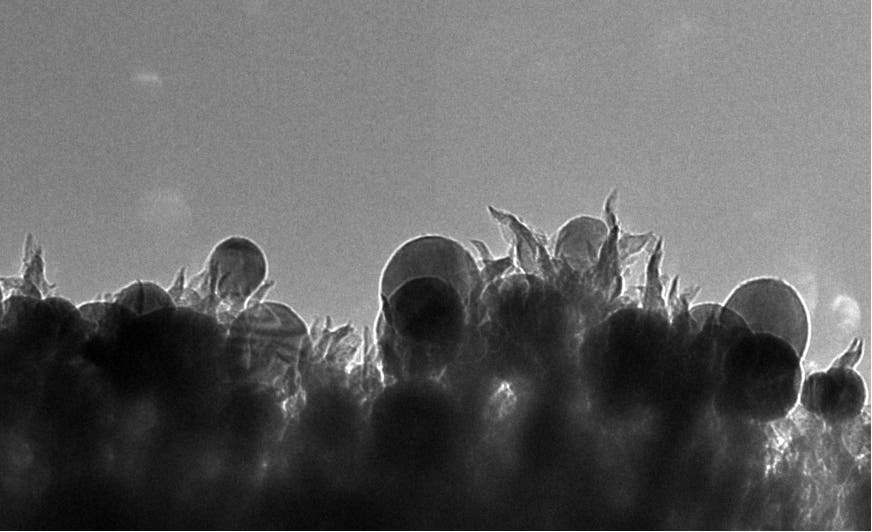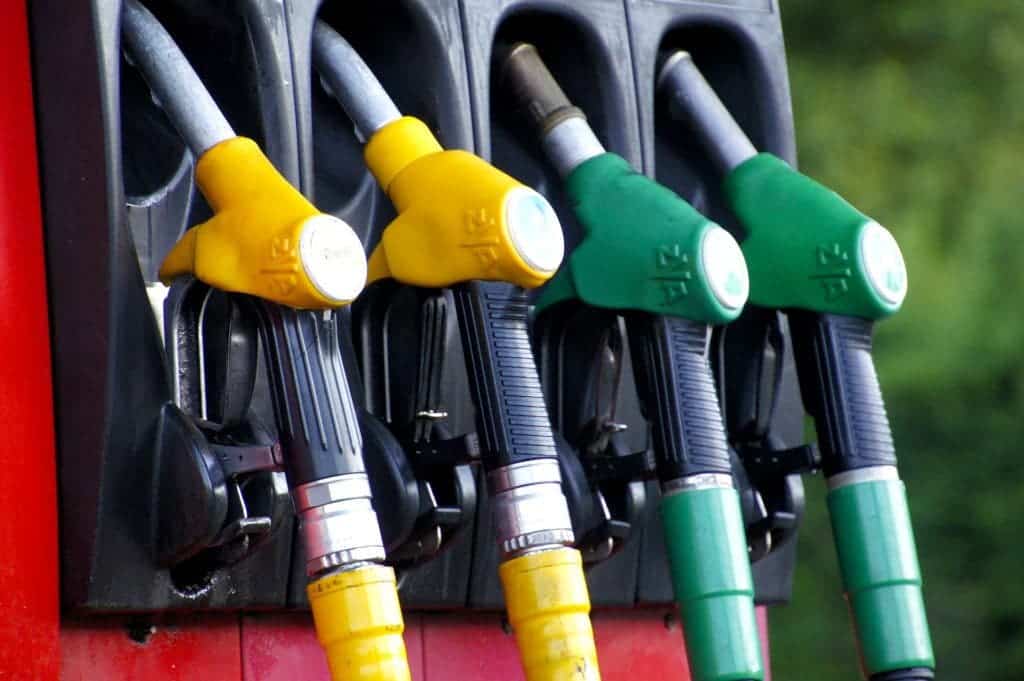Scientists at the Department of Energy’s Oak Ridge National Laboratory found a low-cost solution to turning CO2, a byproduct of combustion, into ethanol. The one-step reaction operates at room temperature and is set off by a novel catalyst made from readily available materials. The ‘secret sauce’ was the nanofabrication of the catalyst.
From CO2 to alcohol
Adam Rondinone and colleagues were investigating a multi-step reaction process to turn CO2 into a fuel but they soon found out that their catalyst was doing the entire reaction on its own.
“We discovered somewhat by accident that this material worked,” Rondinone said.
The serendipitous catalyst was made of carbon, copper, and nitrogen. However, the novelty lies in the way these materials were used on the nano level. Specifically, copper nanoparticles were embedded in carbon spikes to create a texture that drives and facilitates the CO2 to ethanol reaction. In doing so, this method enabled the creation of a powerful catalyst without the need for rare metals like platinum which are typically used for such purposes and are prohibitively expensive.
“They are like 50-nanometer lightning rods that concentrate electrochemical reactivity at the tip of the spike,” Rondinone said.

The catalyst is made of copper nanoparticles embedded into tiny carbon spikes. Credit: Oak Ridge National Laboratory
In the presence of this catalyst and a voltage, the solution of carbon dioxide dissolved in water turned into ethanol with a yield of 63 percent, scientists reported in their paper. Remarkably, this whole process took place at room temperature.
“We’re taking carbon dioxide, a waste product of combustion, and we’re pushing that combustion reaction backwards with very high selectivity to a useful fuel,” Rondinone said. “Ethanol was a surprise — it’s extremely difficult to go straight from carbon dioxide to ethanol with a single catalyst.”
Given the low-cost nature of this solution, the researchers envision an industrial scaled-up version of their catalytic converter that might one day turn thousands of tons of CO2 captured from the atmosphere into ethanol. The process could also work well as a storage medium for renewable energy, where the excess energy that can’t be fed to the grid is used to drive the reaction instead.
Of course, pulling CO2 — a greenhouse gas that warms the planet — from the air to turn into ethanol so it can be burned again doesn’t sound like the best environmental solution. Nor does using clean renewable energy to make a combustible fuel with greenhouse gasses as a byproduct. However, the United States is already making ethanol from corn and other crops. In the short term, this catalytic conversion of CO2 ought to be beneficial by offsetting the amount of net CO2 that ends up in the atmosphere. In the long run, we’ll have no need for such solutions because society should be sufficiently technologically advanced to make liquid fuels, or any combustible material for that matter, obsolete. Until then, the global energy problem needs to be met with a mix of solutions. There is no such thing as a one size fits all approach in this case.










